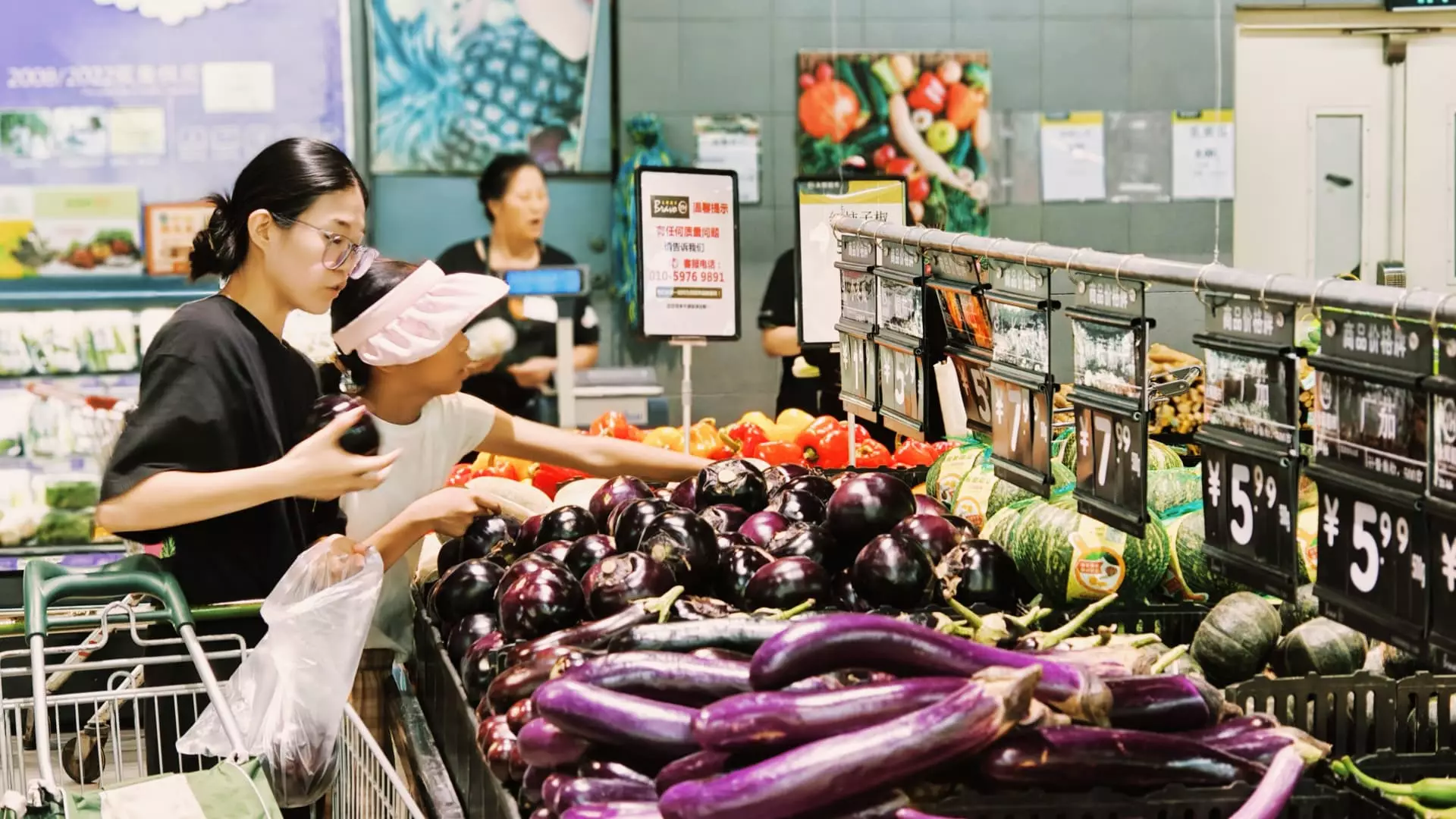China reported that its consumer price index rose by 0.6% year on year in August, which fell short of expectations. The costs of transportation, home goods, and rents decreased, contributing to this lower-than-expected growth. Food prices, however, saw a significant increase of 2.8% year on year in August, marking the first positive trend since June 2023. Specifically, pork prices surged by 16.1% and vegetable prices climbed by 21.8%.
The core-CPI, which excludes food and energy prices, only rose by 0.3% in August compared to the previous year, showing a slower increase for the second consecutive month. This suggests that consumer prices in China have been relatively stable and subdued due to weak domestic demand arising from the ongoing pandemic. Former central bank head Yi Gang highlighted the importance of combatting deflationary pressure in the economy. He projected that the consumer price index would hover slightly above zero by the end of the year.
Retail sales in China increased by a modest 2.7% in July compared to the previous year, indicating a sluggish recovery in consumer spending. The upcoming release of retail sales and industrial data for August will provide further insights into the state of the economy. Additionally, the producer price index fell by 1.8% year on year in August, surpassing the estimated 1.4% decline according to a Reuters poll. This decline in producer prices may have implications for consumer prices in the coming months.
The data on China’s consumer price index for August reveals a mixed picture of the economy. While food prices have shown signs of inflation, other sectors such as transportation and home goods have experienced deflationary pressures. The slow growth in core-CPI underscores the challenges posed by weak domestic demand and the need for additional policy measures to stimulate economic activity. As China grapples with these economic factors, policymakers will need to closely monitor inflation trends and consumer spending to ensure sustainable growth in the future.

